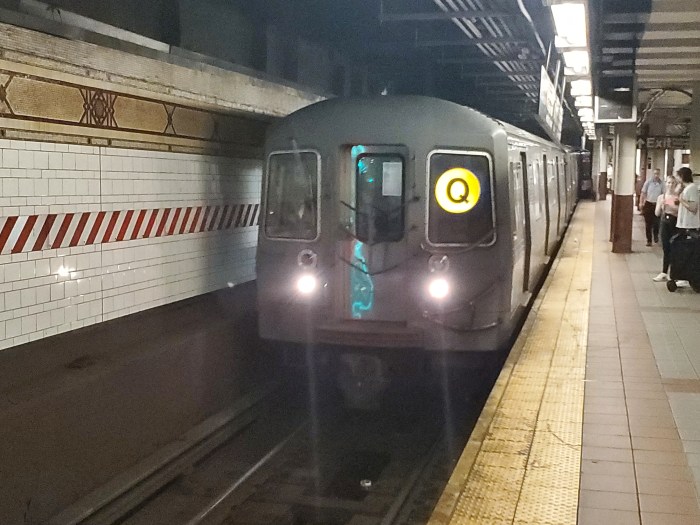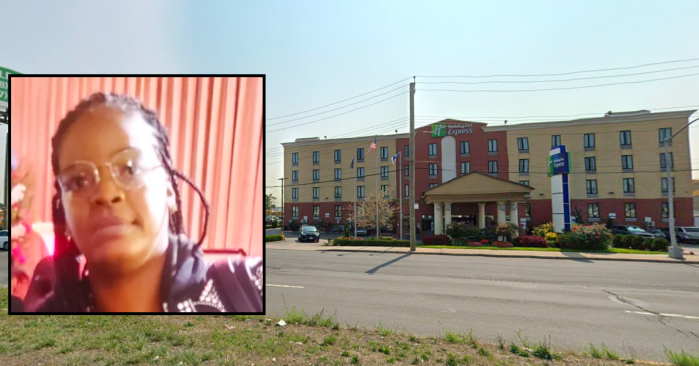
Riders on nearly every subway line may have had to wait a little longer for that next train over the past year. Overcrowding and track work slowed down trains, meaning fewer of them are picking up riders on schedule, according to MTA figures.
Systemwide, 17 out of 20 lines saw an increase in wait times and there were 15 lines that had gaps in service at least a fifth of the time, including seven that had gaps at least a quarter of the time.
“Year over year, we are in deep doodads!” MTA board member Charles Moerdler told transit officials. “You are about to be and are being inundated with additional riders.”
Lines that worsened the most over the past 12 months include the G (8% drop in trains on time), the No. 6 (6.1%) and the A (5.2%) trains; the No. 5, A, F, No. 2, No. 4 and G trains were among the lines with the lowest rate of on-time trains. Overall, trains throughout the subway system met their schedule 77.8% of the time, a 2.5% decrease from the previous year.
Bill Henderson, head of a riders advisory committee to the MTA, said low-performing lines have left riders hanging.
The rider is at the platform “long enough wondering where his train is because one hasn’t been along in its usual amount of time,” and it’s worse than last year, Henderson said.
The MTA has been able to handle its record-high ridership because of people taking the subway to new destinations and at times besides rush hour. But ridership continues to grow, hitting 146.6 million rides in July and more than 1 billion since the beginning of the year, beating MTA projections.
Overcrowding has slowed trains down; the crush of people trying to get in and out of trains caused 12,380 weekday delays in July, the most out of any category. Further, track gangs doing repair work while trains are still running through the system caused 5,772 delays.
“Those are the two big things that are impacting running times,” said MTA spokesman Kevin Ortiz.
Trains during the weekend, however, has a much better 83.6% on-time rate and most lines perform better generally.
Over the past year, the MTA has been looking into how long it actually takes trains to pull into stations and their final stop for a more accurate schedule, taking into account the stations where new riders are pouring into the system. The new running times on numbered lines are complete and lettered lines are almost finished, Ortiz said.
Carmen Bianco, president of New York City Transit, said this reassessment will mean better service for riders. In July, there was a 2.2% improvement in trains on lettered lines meeting their schedule compared to the prior year. Meanwhile, three lines — N, Q and R — saw fewer late trains over a 12-month period ending in July.
“The running time for all these trains hasn’t been looked at in 20 years,” he said. “We’re probably going to have more trains on the line and we’re going to meet those demands.”
Percentage of trains that arrive at their scheduled time on an average weekday between August 2013 to July. (List excludes the three shuttle trains.)
WORST
5: 68.6%
A: 69.6%
F: 70.8%
2: 71.6%
4: 71.7%
BEST
R: 82.9%
C: 80.6%
N: 80.4%
1: 80.3%
J / Z: 80.1%


































